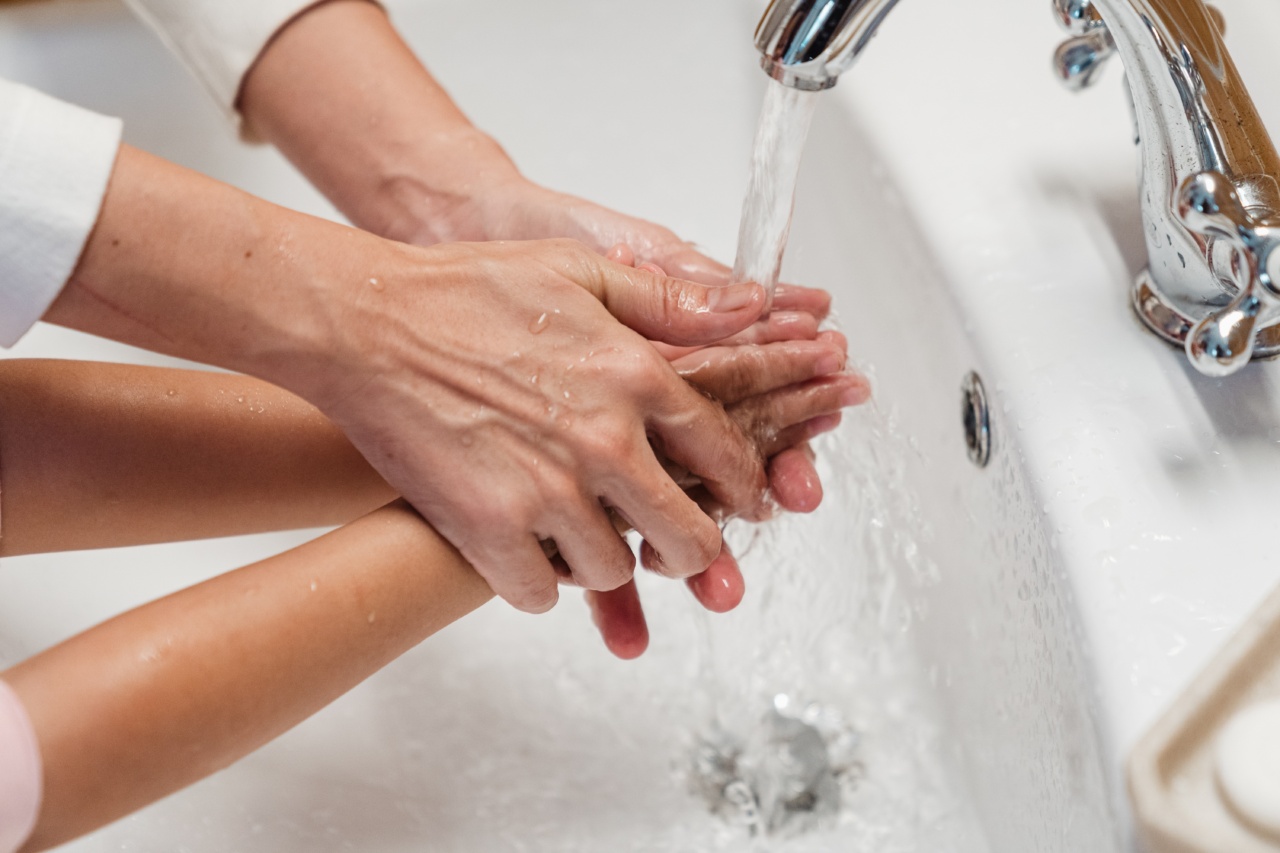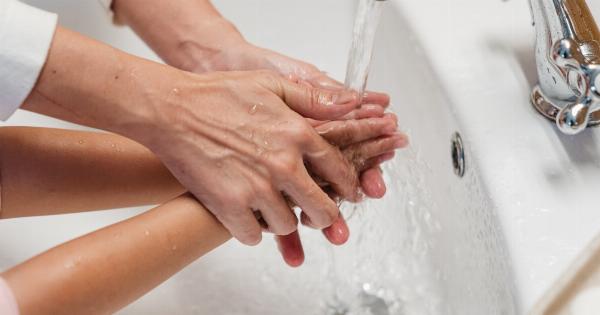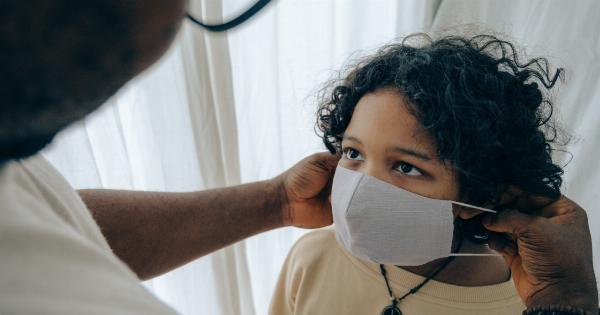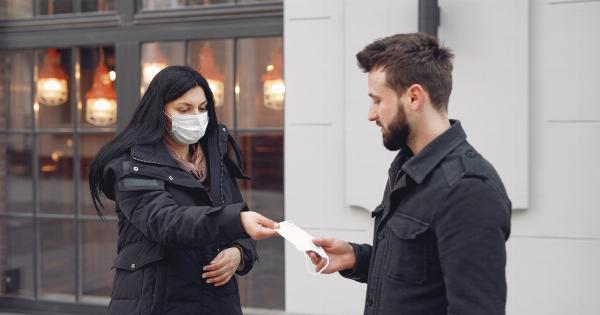Good hygiene practices are crucial for overall health and wellbeing, especially in children. Among these practices, hand washing stands out as perhaps the most essential and effective way to prevent the spread of germs and illnesses.
In this article, we will explore the significance of hand washing for kids, its importance in maintaining good hygiene, and how to encourage and promote this behavior among children.
The Importance of Hand Washing
Hand washing is an essential life skill that children should be taught from an early age.
It is the simplest and most effective defense against the spread of bacteria and viruses that can cause various diseases, including colds, flu, and gastrointestinal infections. By instilling the habit of regular hand washing, parents and caregivers can significantly reduce the risk of illness transmission within families, schools, and communities.
Children are particularly susceptible to infections due to their developing immune systems and the close proximity they often have with other children.
They frequently touch surfaces, objects, and even their faces, providing ample opportunities for germs to enter their bodies. Proper hand washing techniques can eliminate the majority of harmful bacteria, viruses, and other microorganisms, thus reducing the likelihood of illness.
When to Wash Hands
Teaching children when to wash their hands is as important as teaching them the proper technique. Here are some critical times when hand washing is essential:.
1. Before Eating or Preparing Food
Children should wash their hands thoroughly before touching any food items or engaging in meal preparation. Even if their hands seem clean, invisible bacteria may still be present and cause contamination.
2. After Using the Bathroom
Using the toilet is one of the most common ways for germs to spread. After each bathroom trip, children should wash their hands with soap and water for at least 20 seconds to eliminate any harmful microorganisms they may have encountered.
3. After Sneezing, Coughing, or Blowing Their Nose
Respiratory infections are often transmitted through respiratory droplets. Encourage children to wash their hands after sneezing, coughing, or blowing their nose to prevent the spread of germs to others.
4. After Playing Outside
Outdoor play can expose children to a variety of germs present in soil, plants, or other outdoor resources. Ensure they wash their hands after playing outside to remove any potential contaminants.
5. After Touching Animals
Animals can carry bacteria and parasites that can cause infection. Remind children to wash their hands after petting or playing with animals, especially if they have been in contact with the animal’s droppings.
6. After Handling Waste
Teach children to wash their hands after throwing away garbage or handling waste materials. This includes disposing of used tissues, emptying trash cans, or cleaning up after pets.
The Correct Hand Washing Technique
Merely placing hands under running water for a few seconds is not sufficient to eliminate germs effectively. Teaching children the proper hand washing technique is crucial to ensure optimal cleanliness. Here’s how to guide them through the process:.
1. Wet Hands with Clean Water
Encourage children to wet their hands with clean, running water. The water temperature can be warm or cold, based on their preference.
2. Apply Soap
Instruct them to apply enough soap to cover all surfaces of their hands. Liquid soap is preferable, as it is easier to spread and rinse off.
3. Rub Hands Together
Show children how to rub their hands together vigorously, making sure to cover all areas, including the backs of hands, between fingers, and under nails. This rubbing action helps to dislodge and wash away germs.
4. Scrub for at Least 20 Seconds
A common mistake is not spending enough time washing hands. Encourage children to scrub their hands for at least 20 seconds, which can be timed by singing a short song or reciting a nursery rhyme.
5. Rinse Thoroughly
Teach children to rinse their hands thoroughly under clean, running water, ensuring all soap is completely washed off.
6. Dry Hands
Lastly, explain the importance of properly drying hands. Whether it’s using a clean towel or an air dryer, drying hands prevents moisture buildup, which can harbor bacteria.
How to Promote Hand Washing among Kids
Instilling the habit of regular hand washing can be a challenge, but there are several strategies parents, educators, and caregivers can employ to promote this essential hygiene practice:.
1. Lead by Example
Children often imitate the behaviors they observe from adults. By consistently practicing good hand hygiene, adults can set a positive example for children to follow.
2. Make It Fun
Transform hand washing into an enjoyable activity. Sing a special hand washing song or have colorful hand towels and kid-friendly soap available to entice children to look forward to this routine.
3. Explain the “Why”
Children are more likely to adopt behaviors when they understand the reasoning behind them. Explain to children, in a simple and age-appropriate manner, why hand washing is crucial for their health and the wellbeing of others.
4. Use Visual Guides
Create or print out visual guides that depict the proper hand washing technique and display them near sinks and in bathrooms at home, school, and other relevant locations. Visual aids can serve as reminders for children to wash their hands correctly.
5. Incorporate Hand Washing into Daily Routine
Make hand washing an integral part of children’s daily routine. Encourage them to wash their hands before meals, after using the bathroom, and when returning home from outside activities.
6. Involve Children in Preparation
Allow children to choose their hand soaps or towels, empowering them to engage in the hand washing process actively.
7. Teach Self-Awareness
Help children understand when their hands might be dirty or contaminated. This awareness can prompt them to take the initiative to wash their hands without constant reminders.
8. Reinforce Positive Behavior
When children consistently practice good hand hygiene, acknowledge and praise their efforts. This positive reinforcement can motivate them to continue this healthy behavior.
9. Explain the Consequences
Help children understand the potential consequences of not washing their hands, such as getting sick or making others sick. Teach them empathy and responsibility towards their own health and the health of those around them.
10. Provide Hand Sanitizer Alternatives
When soap and water are not available, hand sanitizers can serve as a convenient substitute.
Teach children how to use hand sanitizers safely and supervise their use, emphasizing that hand sanitizers are not a replacement for hand washing when possible.
Conclusion
Hand washing is a simple yet powerful behavior that can protect children from harmful germs and illnesses.
By teaching and promoting good hand hygiene practices, we can equip children with a lifelong habit that contributes to their overall health and prevents the spread of diseases. Parents, educators, and caregivers play a vital role in instilling these habits and fostering a hygienic environment for children to flourish.




























